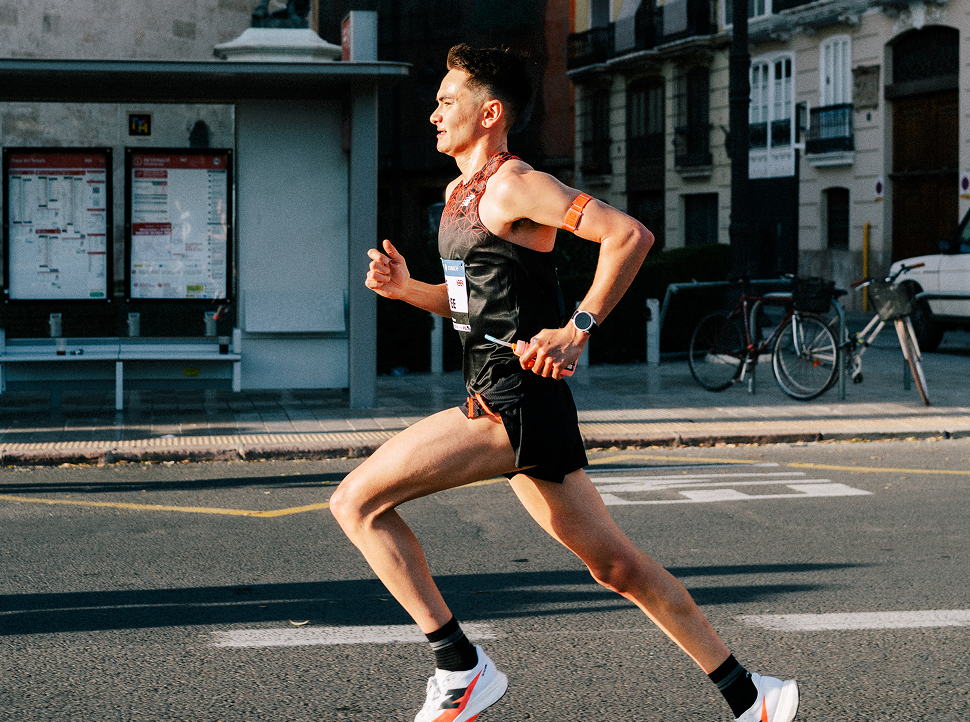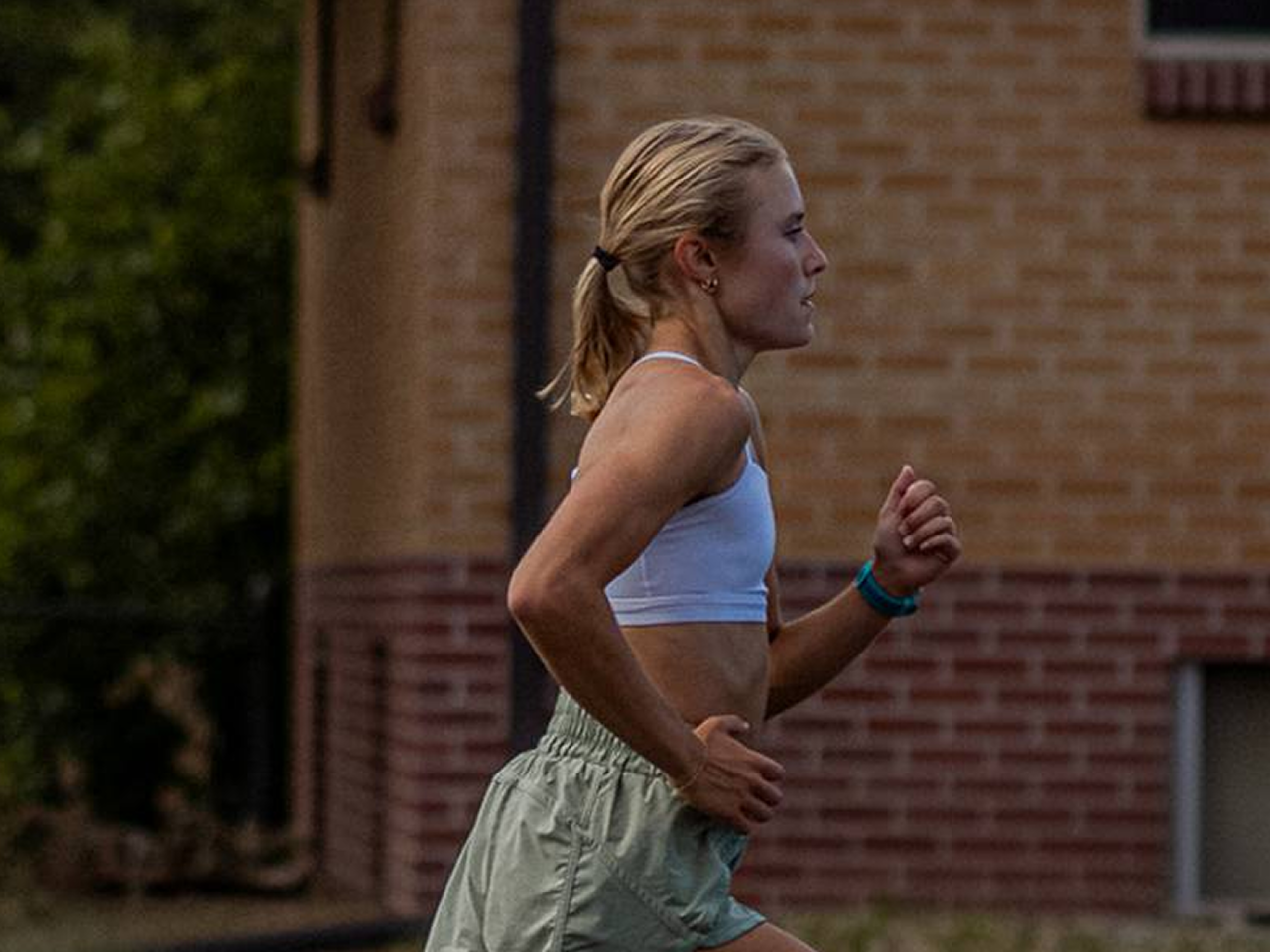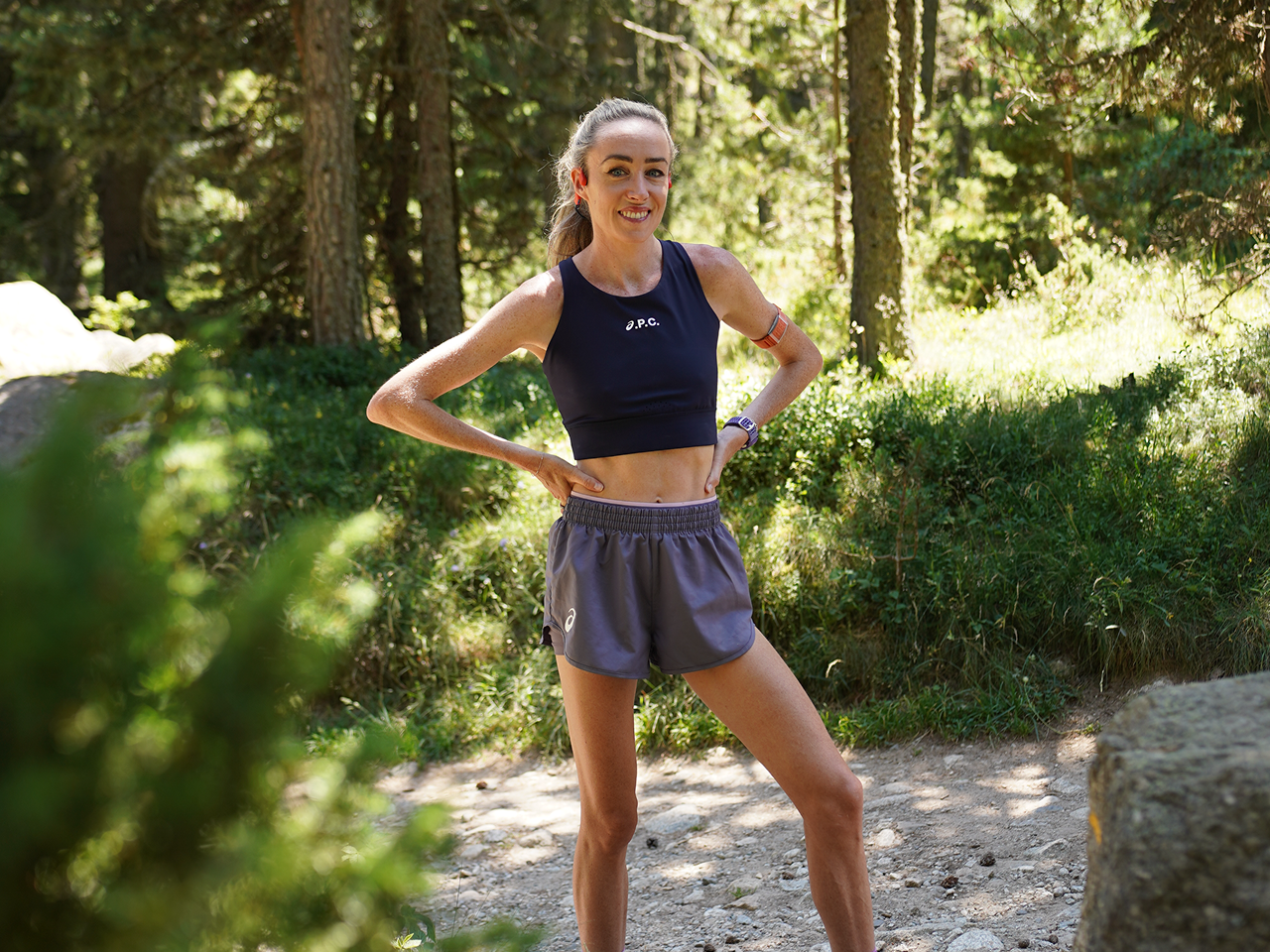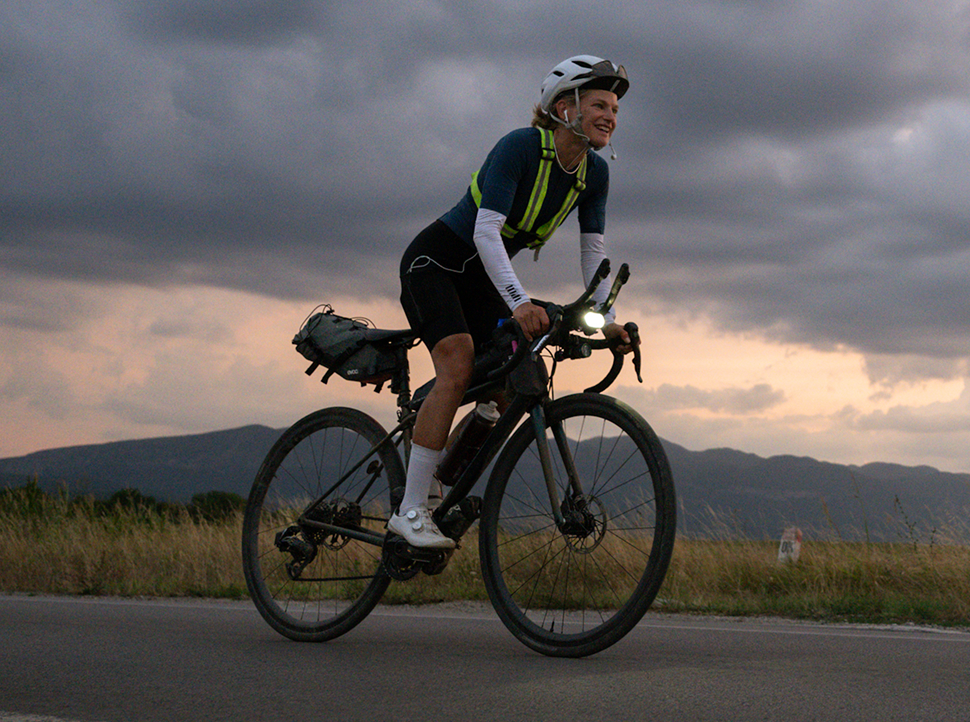Jessica Hull has become one of the most consistent middle-distance runners on the global stage. With a 1500m personal best of 3:50.83 and a growing list of national records & championship medals, she continues to push the boundaries of performance. Behind every race is a methodical and data-informed approach to training. Dive into Jessica Hull's training and how she structure, metrics, and consistency to build toward the podium:
Training Load is Built with Care
Hull routinely records some of the highest Training Load values we’ve seen in track and field, often reaching over 400 in a single session. These high values are a result of her exceptional volume at race-pace intensities.
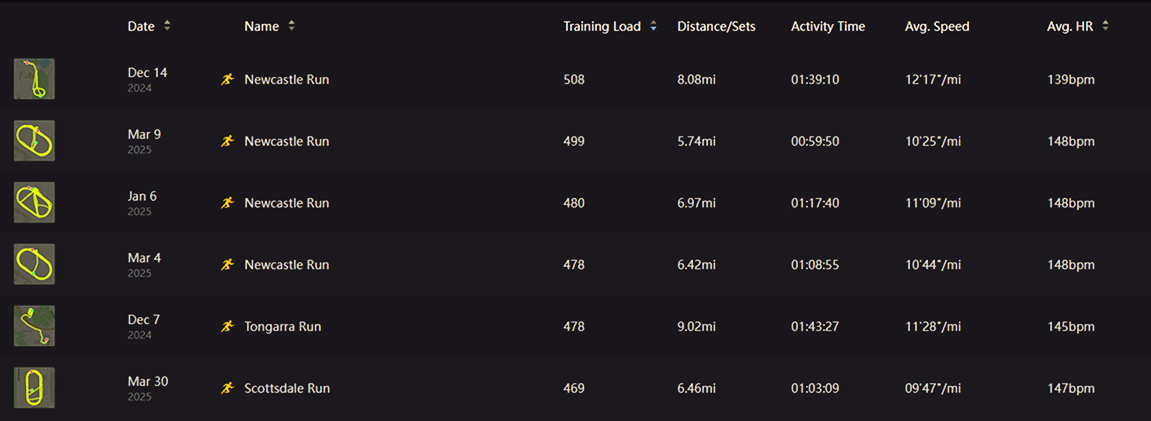
A sample of some of Jessica's track sessions
"The volume of our sessions is built out from the need to be fit enough to sustain three rounds of the 1500m in a global championship," Jessica explains. She notes that it is a reflection of years of building capacity. The sessions may look intense, but they’re the product of careful progression and smart adaptation.
“I didn’t get here overnight, it’s through years and years of consistent training and getting my body strong enough to handle frequent intensity and the volume required to feel as fresh as possible in a global final after a heat and semi-final.”
The high loads don't worry her, though. Nor does she feel validated by them. They’re simply a byproduct of years of work. For younger athletes, this is the lesson: big numbers come later. Hull’s training philosophy is a reminder that performance is built, not rushed. If you focus on consistency, patience, and learning how your body responds to volume and intensity, high-level racing becomes possible. Tools like COROS can help guide that journey by tracking Training Load, managing recovery, and ensuring that each year builds on the last.
“I think when your mind is on medals, it’s more common for me to wonder if I’m doing enough rather than feel like my Training Load is high. I truly do love the process of training and working on trying to get a little bit better every day, so executing the training loads is never something I think twice about.”
Base Phase & Aerobic Foundation
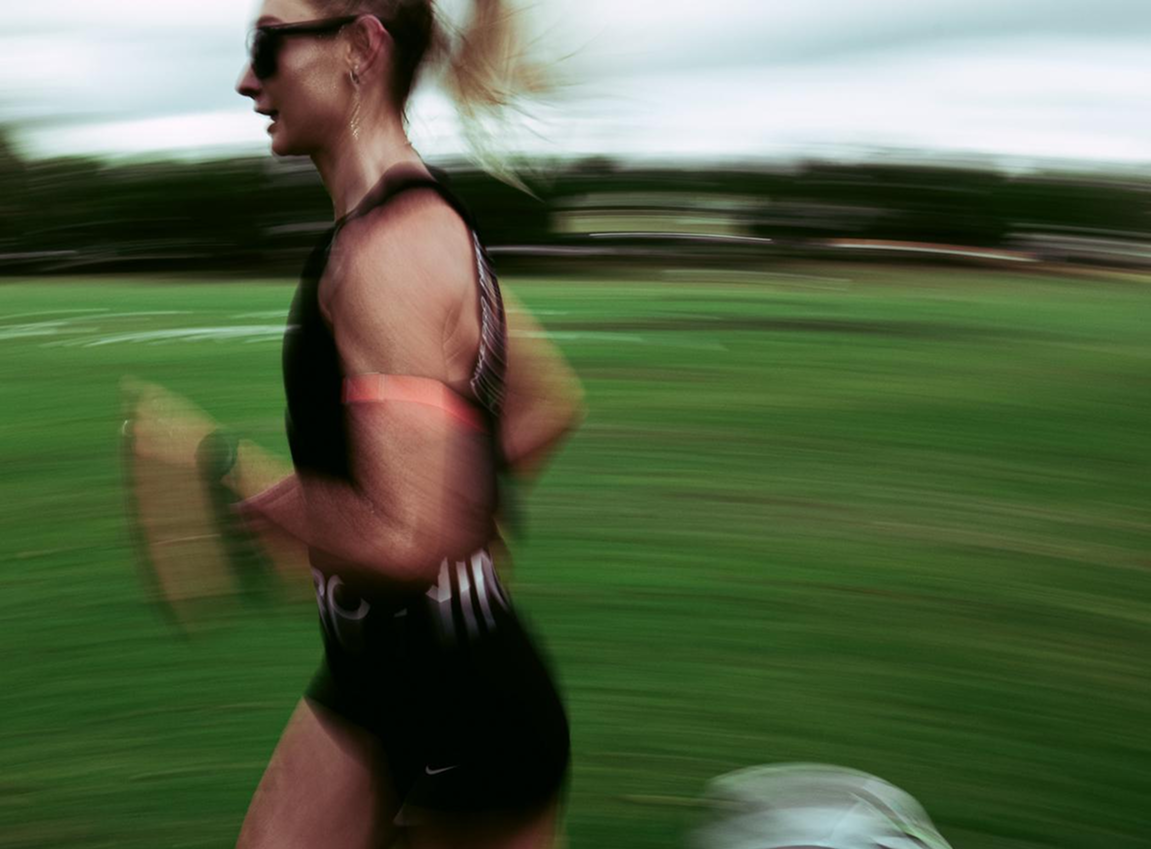
From mid-October to the New Year, Jessica enters her base phase. It’s more aerobic, with slightly higher volume and strength work. She trains on soft surfaces and pulls back from structured pacing.
“This has a heavier aerobic focus, lots of grass sessions, more hills, heavier gym work and overall about 10-15km / week more volume than I’d be doing in the track season.”
During this time, the training load is still high, but the intensity is distributed across more volume. Her base phase includes a long run and 3 intense sessions, often with more focus on threshold compared to in-season training. On days without a hard workout, Jessica will split her daily mileage into two runs, with a lighter evening session to prepare for the next day's workout.
“Right now I’m in my third week of base training, so we are a little more focussed on heart rate and effort levels rather than specific paces. As we shift closer to track races, we focus in on pace more closely.”
Her philosophy in the base phase is to build durability and aerobic strength. It's the first of multiple building blocks that will help her sustain three rounds of championship racing at the end of the season.
Navigating a Two-Part Season
Hull’s season doesn’t follow the traditional Northern Hemisphere calendar. Instead, she kicks off in January with a combination of indoor and outdoor racing.“Our domestic season runs at the same time as the international indoor season, with our Australian Championships held in mid April,” she explains.
She often uses the indoor circuit to sharpen tactics and fitness before the outdoor season ramps up.
“I think it’s important to never go too long without competing against the best athletes in the world, so the indoor season is a key part of our year."
The tactical sharpness allows her to be ready for nationals, which is necessary to qualify for the global championships later in the year. After nationals, Hull resets and heads overseas for altitude camps and outdoor races against international competition. This phase is all about targeting peak performance for global events like World Championships or the Olympics.
COROS Coaches: Changing your training focus throughout the season is known as periodization. To learn more on how to apply this to your training, read our periodization blog.
Structuring a Training Week
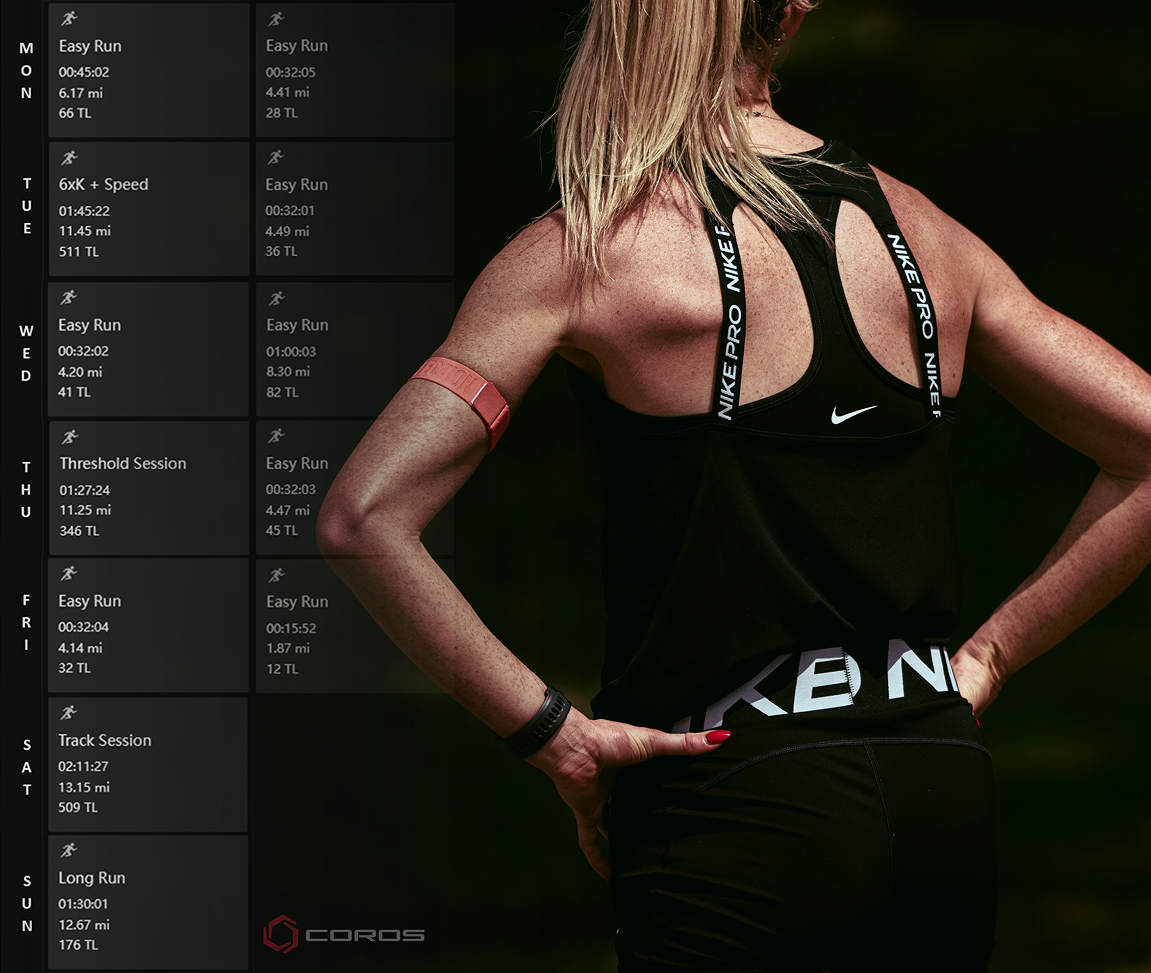
During base training, Hull follows a consistent weekly rhythm: three sessions and a long run. As the season progresses, she shifts to accomodate for the change in training needs.
“When we get more track specific after the New Year, I switch to a 10 day training cycle to be able to fit in sessions specific to each of the pace ranges I race at.”
The structure supports her need to hit a variety of intensities, which is critical for her middle-distance events.
Recovery Metrics Matter
Hull takes recovery seriously. While she doesn’t let metrics dictate every decision, she uses them to inform habits.
“When I wake up I like to have a look at the sleep scores and sleep durations. I try not to overthink them but use them as a guide to adjust across the day.”
She also manages effort through subjective and objective cues, especially during doubles.
“We’re trying to be a little more careful not to overrun evening runs at this time of year, so dad’s rule of thumb (he's my coach) is to average at least 10 seconds / km slower on my evening runs to keep them with a true recovery focus.”
Jessica also includes two larger recovery periods in her year: a four-week unstructured off-season after her final championship race, and a 5-7 day recovery after the national championships.
Jessica Hull's Benchmark Workout
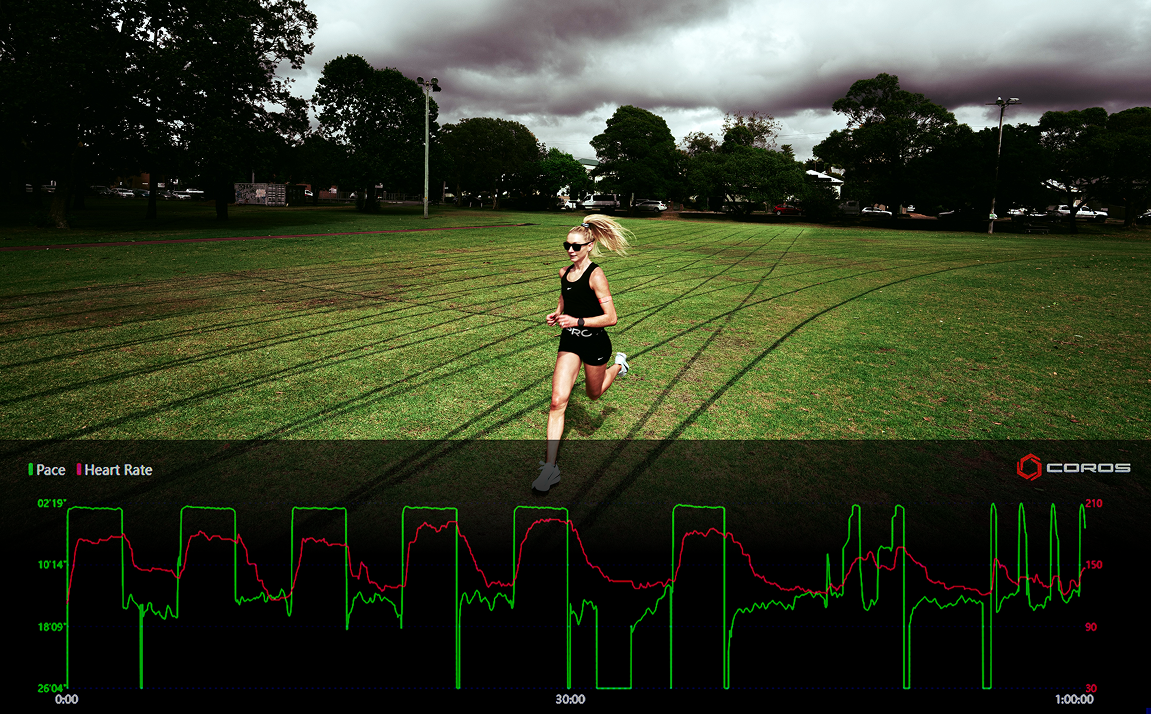
Throughout the year, Hull repeats a workout that helps track her progress: 6x1km with 3 minutes rest and some speed at the end. It reflects the needs of a 1500m runner well: aerobic power to start, with a flash of turnover to close.
It’s a simple session, but how she performs it across the year reflects her growing fitness and readiness.
Jessica Hull’s training is structured, intentional, and deeply rooted in understanding her body and the demands of her event. For athletes around the world, her approach offers a blueprint: build gradually, monitor load and recovery, and let each phase of the season serve a purpose.

/filters:quality(90)/fit-in/970x750/coros-web-faq/upload/images/53b445d49e07bf0acc2d64ee97e448d7.png)
